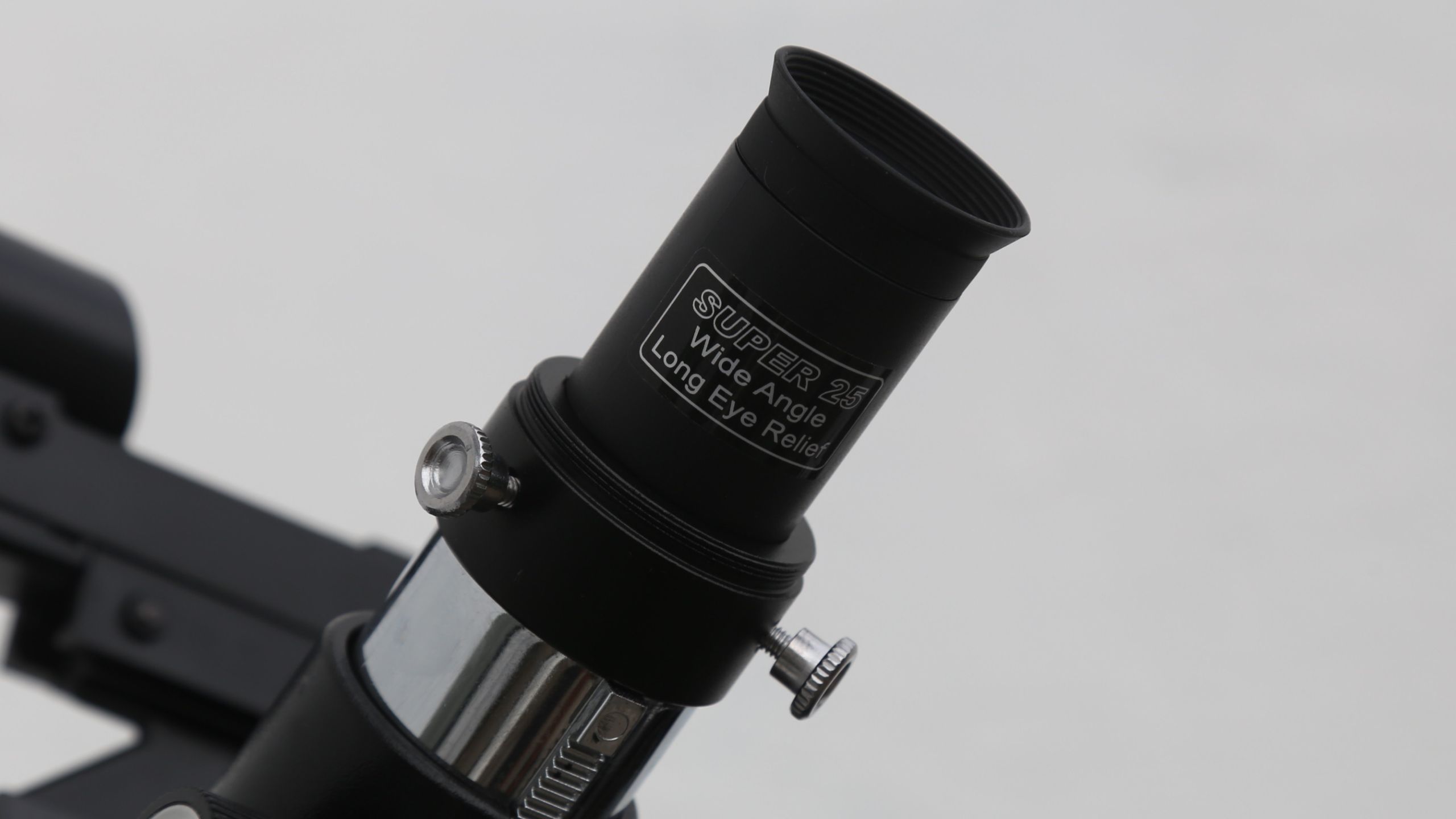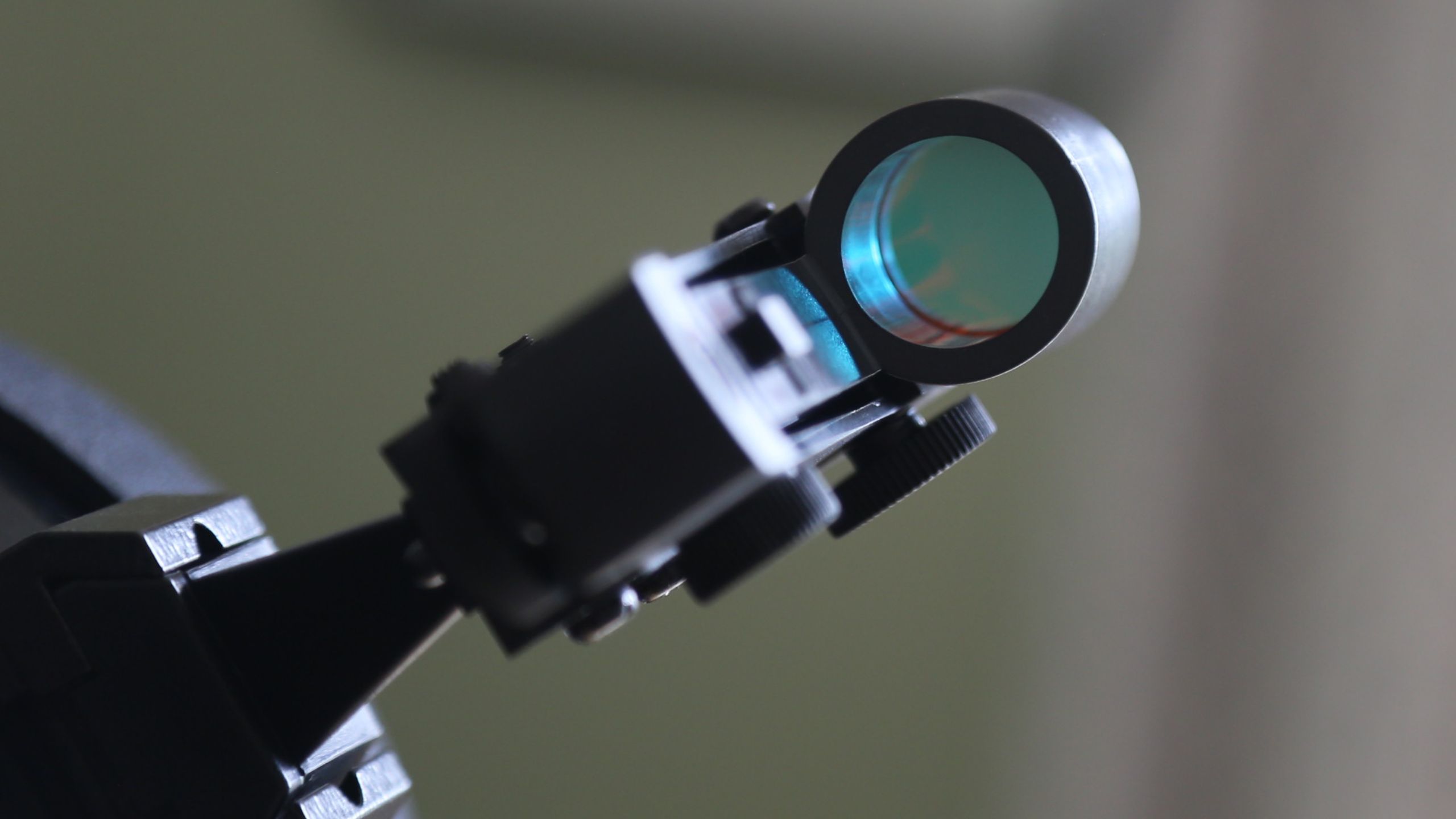Digital Camera World Verdict
If you’ve decided to get deep into astronomy and you’re keen to both learn the night sky and get clued-up on telescopes and even astrophotography then the SkyWatcher Explorer 130 is a good place to start. That's mainly down to its equatorial mount, something that’s relatively rare at this price point. He's everything you need to know about this entry-level telescope with expert-like ambitions.
Pros
- +
Equatorial mount
- +
Good all-round views
- +
Plenty of aperture
- +
2x Barlow lens included
Cons
- -
Requires patience
- -
Very heavy set-up
- -
Some false color
- -
Bearings lack total precision
Why you can trust Digital Camera World
The SkyWatcher Explorer 130 boasts a Newtonian reflector design and at 5.1”/130 mm has enough aperture for studying both the moon and planets, but also deep sky targets such as star clusters, galaxies and nebulae.
The reason to buy the SkyWatcher Explorer 130 is for its equatorial mount, which has a polar axis tilted to be parallel with Earth’s rotational axis. In practice that means you need to know your latitude then position the polar axis dial to that number.
In the box are two eyepieces – 0.39”/10 mm (30x magnification) and 0.98”/25 mm (75x magnification) – along with a 2x Barlow lens for close-ups, a red dot finder, an accessory tray, and a reasonably sturdy aluminum tripod.
Specifications
Optical design: Newtonian reflector
Aperture: 5.1”/130 mm
Focal length: 35.4”/900 mm
Focal ratio: f/6.9
The best camera deals, reviews, product advice, and unmissable photography news, direct to your inbox!
Eyepiece focal length: 0.39”/10 mm (30x) and 0.98”/25 mm (75x)
Total kit weight: 27.8 lbs/12.6 kg
Mount type: German equatorial (EQ2)
SkyWatcher Explorer 130: performance
Most telescopes use an alt-azimuth amount. These are easy to use, but having to go up, down, left and right to lock onto targets can get rather tiresome. What you get with an equatorial mount is the ability to move your telescope in a completely fluid manner, but also in a way that easily follows targets as they appear to move in the night sky.
The equatorial mount on the SkyWatcher Explorer 130 doesn’t come with good instructions, which is a shame, but it's worth persevering with. It’s reasonably easy to use, but it's not the most accurate money can buy. Once you've slewed to a target there are a couple of knobs to lock into position, though doing so creates a little droop. Thankfully there are some fine hand controls to help get targets perfectly into the field of view.
It’s possible to buy a motor for this mount that will keep your chosen object in the field of view. The optical tube’s mount does have some threads for attaching cameras, though it’s not able to support much weight (and doing so will lessen the rig’s accuracy).
When locked-on to planets it’s possible to get some excellent close-ups using the SkyWatcher Explorer 130. We found the best approach was to use the 2x Barlow lens in conjunction with the 25 mm eyepiece, which gave us clear views of Jupiter and its moons. We were also able to split double stars using the Barlow and the 10 mm eyepiece, which is not something to be taken for granted at this price point.
What the equatorial mount brings in ease of use and accuracy it takes away in mobility. The mount alone weighs almost 7 kg. So does the telescope itself. Add a tripod and you've got a set-up that's just too heavy to move easily. It’s not impossible to move because the tube can be quite easily clipped out of the entire mount for transporting it in bits. Still, we would advise the SkyWatcher Explorer 130 is purchased primarily for a backyard rather than as a telescope to take places too often.
SkyWatcher Explorer 130: verdict
An excellent choice for anyone wanting to get their hands on an equatorial mount, the SkyWatcher Explorer 130 offers good all-round views of the solar system and deep sky objects. However, it's not the easiest telescope to use and definitely not to move. If you plan on being patient and largely permanent then the SkyWatcher Explorer 130 is a good value choice for a first serious telescope.
Read more:
• Astrophotography: How-to guides, tips and videos
• Astrophotography tools: the best camera, lenses and gear
• The best lenses for astrophotography
• The best star tracker camera mounts
• Best equatorial mounts
• Best deep-space telescopes
• The best light pollution filters
• The best CCD cameras for astrophotography
• The best spotting scopes
• The best binoculars
• The best microscopes

Jamie has been writing about photography, astronomy, astro-tourism and astrophotography for over 15 years, producing content for Forbes, Space.com, Live Science, Techradar, T3, BBC Wildlife, Science Focus, Sky & Telescope, BBC Sky At Night, South China Morning Post, The Guardian, The Telegraph and Travel+Leisure.
As the editor for When Is The Next Eclipse, he has a wealth of experience, expertise and enthusiasm for astrophotography, from capturing the moon and meteor showers to solar and lunar eclipses.
He also brings a great deal of knowledge on action cameras, 360 cameras, AI cameras, camera backpacks, telescopes, gimbals, tripods and all manner of photography equipment.






